This is not possible with the current version of the kibana.
but i have what i did to achieve this is created the custom histogram panel.
to create the custom histogram panel, just copy the existing histogram and modify config.js, module.js to change all the path references to the new panel.
override the doSearch function to use the query http://www.elasticsearch.org/blog/count-elasticsearch/
and update the results parsing logic.
look for function
b.get_data = function(a, j, k)
return b.populate_modal(n), p = n.doSearch(), p.then(function(c) {
if (b.panelMeta.loading = !1, 0 === j && (b.legend = [], b.hits = 0, a = [], b.annotations = [], k = b.query_id = (new Date).getTime()), d.isUndefined(c.error)) {
if (b.query_id === k) {
var i, n, p, q = 0;
o = JSON.parse("[{\"query\":\"*\",\"alias\":\"\",\"color\":\"#7EB26D\",\"id\":0,\"pin\":false,\"type\":\"lucene\",\"enable\":true,\"parent\" : 0}]");
d.each(o, function(e) {
//alert(JSON.stringify(c));
//var f = c.aggregations.monthly.buckets[e.id];
if (d.isUndefined(a[q]) || 0 === j) {
var h = {interval: m,start_date: l && l.from,end_date: l && l.to,fill_style: b.panel.derivative ? "null" : b.panel.zerofill ? "minimal" : "no"};
i = new g.ZeroFilled(h), n = 0, p = {}
} else
i = a[q].time_series, n = a[q].hits, p = a[q].counters;
d.each(c.aggregations.monthly.buckets, function(a) {
var c;
n += a.visitor_count.value, b.hits += a.visitor_count.value, p[a.key] = (p[a.key] || 0) + a.visitor_count.value, "count" === b.panel.mode ? c = (i._data[a.key] || 0) + a.visitor_count.value : "mean" === b.panel.mode ? c = ((i._data[a.key] || 0) * (p[a.key] - a.visitor_count.value) + a.mean * a.visitor_count.value) / p[a.key] : "min" === b.panel.mode ? c = d.isUndefined(i._data[a.key]) ? a.min : i._data[a.key] < a.min ? i._data[a.key] : a.min : "max" === b.panel.mode ? c = d.isUndefined(i._data[a.key]) ? a.max : i._data[a.key] > a.max ? i._data[a.key] : a.max : "total" === b.panel.mode && (c = (i._data[a.key] || 0) + a.total), i.addValue(a.key, c)
}), b.legend[q] = {query: e,hits: n}, a[q] = {info: e,time_series: i,hits: n,counters: p}, q++
}), b.panel.annotate.enable && (b.annotations = b.annotations.concat(d.map(c.hits.hits, function(a) {
var c = d.omit(a, "_source", "sort", "_score"), g = d.extend(e.flatten_json(a._source), c);
return {min: a.sort[1],max: a.sort[1],eventType: "annotation",title: null,description: "<small><i class='icon-tag icon-flip-vertical'></i> " + g[b.panel.annotate.field] + "</small><br>" + f(a.sort[1]).format("YYYY-MM-DD HH:mm:ss"),score: a.sort[0]}
})), b.annotations = d.sortBy(b.annotations, function(a) {
return a.score * ("desc" === b.panel.annotate.sort[1] ? -1 : 1)
}), b.annotations = b.annotations.slice(0, b.panel.annotate.size))
}
} else
b.panel.error = b.parse_error(c.error);
b.$emit("render", a), j < h.indices.length - 1 && b.get_data(a, j + 1, k)
})
